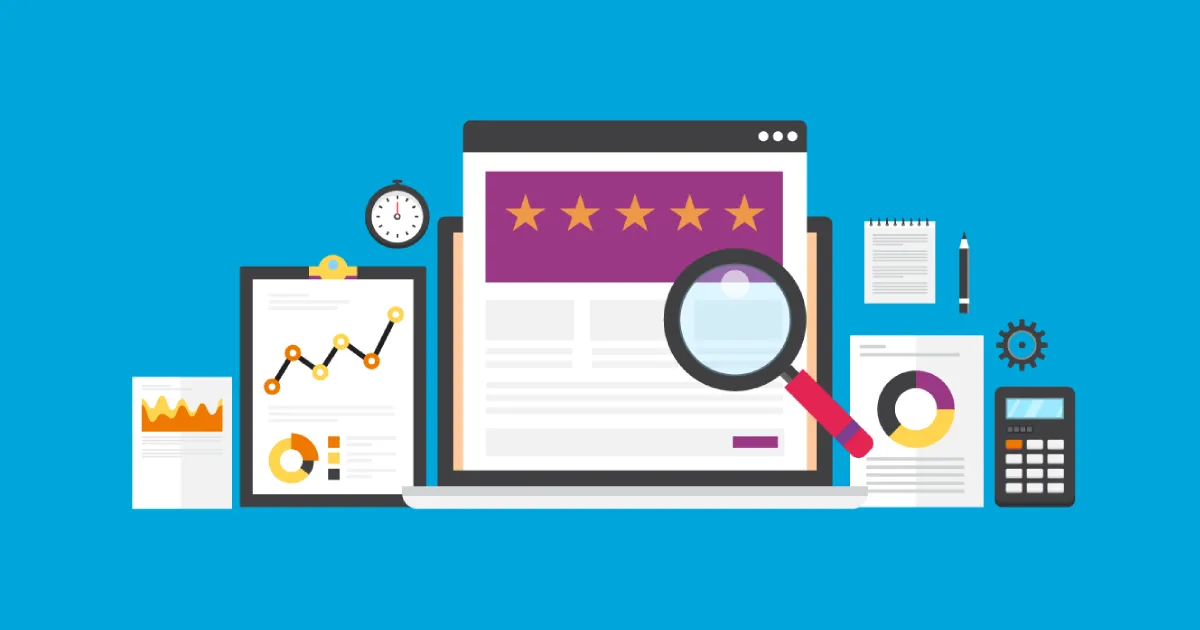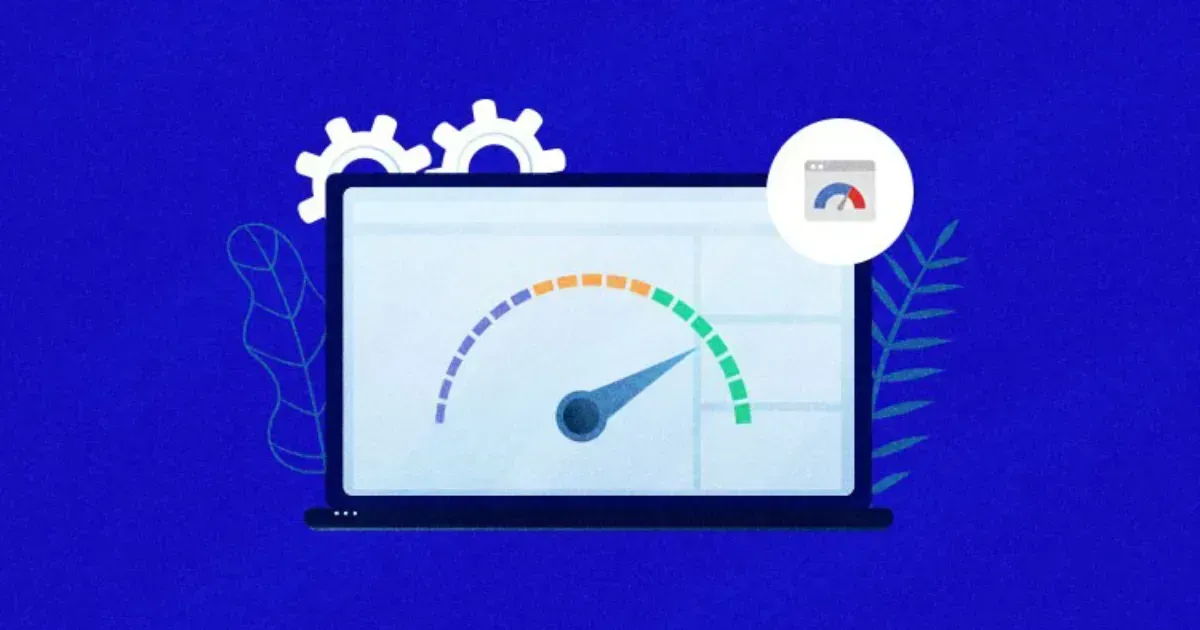Website Redesign: A CMO’s Checklist (2025)

A website redesign is more than just updating visuals—it’s a strategic initiative that impacts brand perception, user experience, SEO, and conversions. As a CMO, you need a structured approach to ensure a seamless redesign that aligns with your business goals. This checklist will guide you through every critical step.
1. Define Clear Objectives

Before starting, establish clear goals for the redesign. Without well-defined objectives, you risk creating a site that looks good but doesn’t deliver business value. Consider the following:
- Brand Positioning: Does your current website reflect your company’s identity, values, and unique selling proposition?
- Lead Generation: Are you optimizing the site to convert visitors into leads and customers?
- User Experience: How easily can users find information and complete desired actions?
- SEO & Visibility: Is your site optimized for search engines, or are you losing traffic due to poor SEO practices?
- Performance Metrics: What key metrics (bounce rate, conversion rate, engagement, etc.) need improvement?
Pro Tip: Use SMART goals (Specific, Measurable, Achievable, Relevant, and Time-bound) to define success.
2. Conduct a Comprehensive Website Audit

Before tearing your site apart, analyze its current strengths and weaknesses. A detailed audit should cover:
- User Behavior & Analytics: Review Google Analytics, heatmaps, and session recordings to identify friction points.
- Conversion Funnels: Where are users dropping off? Are CTAs clear and compelling?
- Technical SEO: Assess site speed, crawlability, broken links, duplicate content, and schema markup.
- Content Performance: Which pages are ranking well? What content is underperforming?
- Mobile Usability: Is the current site truly optimized for mobile-first experiences?
Pro Tip: Use tools like Google Lighthouse, SEMrush, Hotjar, and Screaming Frog to gather data.
3. Understand Your Audience & Their Journey

Your redesign should be user-driven, not just aesthetically pleasing. To make data-backed decisions:
- Develop Buyer Personas: Who are your primary users? What are their pain points and goals?
- Map the User Journey: Identify key touchpoints and optimize navigation to improve conversions.
- Leverage Customer Feedback: Conduct surveys, interviews, or usability tests to gather insights.
Pro Tip: Remove unnecessary steps in the conversion funnel to reduce friction and boost engagement.
4. Refine Brand Messaging & Storytelling

A website redesign is the perfect time to fine-tune your brand’s messaging. Your site should instantly communicate:
- Who You Are: Company mission, vision, and unique value proposition.
- What You Do: Clear descriptions of your products, services, and solutions.
- Why It Matters: Customer-centric messaging that addresses pain points and benefits.
- Social Proof: Case studies, testimonials, and industry recognition to build trust.
Pro Tip: The homepage should answer these questions within 5 seconds: Who are you? What do you offer? Why should the visitor care?
5. Develop a Strong SEO & Content Strategy

Redesigning without an SEO strategy can cause a drop in organic traffic. To avoid this:
- Preserve High-Performing Pages: Use tools like Google Search Console to identify top-ranking pages and keep them intact.
- Optimize for Search Intent: Update content to match user search behavior and intent.
- Implement a Proper Redirect Strategy: Set up 301 redirects to avoid broken links and maintain SEO authority.
- Optimize Metadata & Internal Linking: Ensure title tags, meta descriptions, and internal links are SEO-friendly.
- Create a Scalable Content Plan: Incorporate blog articles, landing pages, and resource hubs to drive long-term traffic.
Pro Tip: Avoid keyword stuffing—focus on high-quality, authoritative content.
6. Choose the Right Technology Stack

Your website’s backend should support future scalability, security, and integrations. Consider:
- CMS Selection: WordPress, Webflow, Shopify, or a custom-built solution based on your needs.
- Hosting & Security: Ensure fast load times, DDoS protection, and SSL encryption.
- Marketing Integrations: CRM (HubSpot, Salesforce), email marketing tools, automation software.
- E-commerce Capabilities: For online stores, prioritize seamless checkout and payment processing.
Pro Tip: Choose technology that reduces maintenance costs and enhances flexibility for marketing teams.
7. Plan a Frictionless User Experience (UX/UI)

Your site should be intuitive and designed to guide users toward conversions. Focus on:
- Simple, Clear Navigation: Prioritize easy-to-find menus and internal links.
- Mobile-First Design: Ensure the site works seamlessly across all devices.
- Fast Load Times: Optimize images, use caching, and minimize scripts to keep speeds under 3 seconds.
- Compelling CTAs: Use action-driven, clear call-to-action buttons that stand out.
- Accessibility Compliance: Follow WCAG guidelines to make your site accessible to all users.
Pro Tip: Conduct A/B testing on different layouts and CTAs to optimize conversions.
8. Set Up Analytics & Performance Tracking

Before launch, implement proper tracking to measure performance and ROI. Essential tools:
- Google Analytics 4 (GA4): Track user behavior, conversions, and traffic sources.
- Google Tag Manager: Manage tracking codes without developer assistance.
- Heatmaps (Hotjar, Crazy Egg): Understand how users interact with pages.
- Event Tracking: Measure specific user actions (form submissions, video views, downloads).
Pro Tip: Define KPIs for traffic, engagement, conversion rate, and SEO performance.
9. Test, Test, and Test Again

Before going live, conduct thorough testing to prevent post-launch issues. Focus on:
- Functionality Testing: Check all forms, buttons, and interactive elements.
- Cross-Browser Compatibility: Ensure the site works on Chrome, Safari, Firefox, and Edge.
- Mobile & Tablet Testing: Test on multiple screen sizes and devices.
- Speed Optimization: Use PageSpeed Insights to analyze and improve performance.
Pro Tip: Create a staging site for testing before launching the live version.
10. Launch & Continuously Optimize

A website launch isn’t the end—it’s the beginning of ongoing improvements. Post-launch priorities:
- Monitor Performance Metrics: Check traffic, bounce rates, and conversions for any red flags.
- Fix Bugs & Issues: Identify and resolve any unexpected errors.
- Optimize Based on Data: Adjust based on user behavior and A/B test results.
- Regular Content Updates: Keep the site fresh with new content and SEO improvements.
Pro Tip: Treat your website as an evolving asset—continuously refine based on performance insights.
The Takeaway
A website redesign is a major investment, but when done right, it strengthens your brand, improves customer experience, and drives business growth. By following this checklist, CMOs can ensure a smooth, data-driven redesign that delivers measurable results.
Our team specializes in high-performance website redesigns that drive growth, engagement, and revenue for top brands. Want to maximize your results? Prioritize user insights, SEO, and continuous optimization—Let's talk about how we can help.





